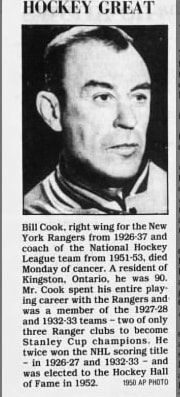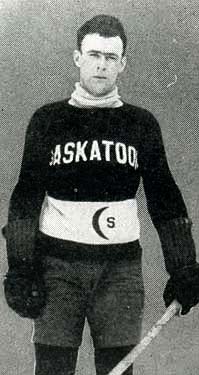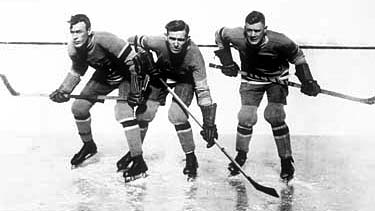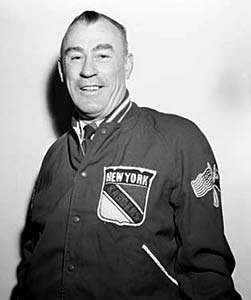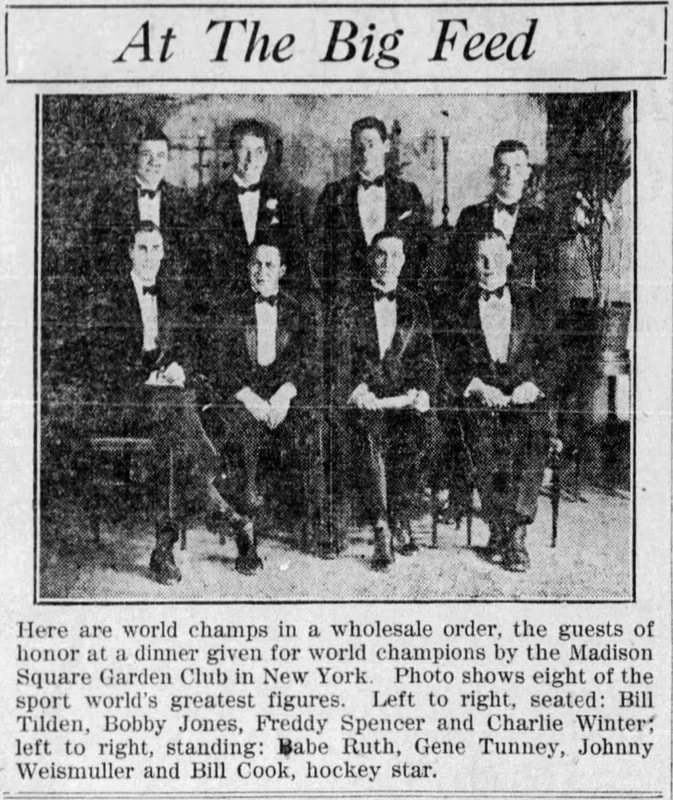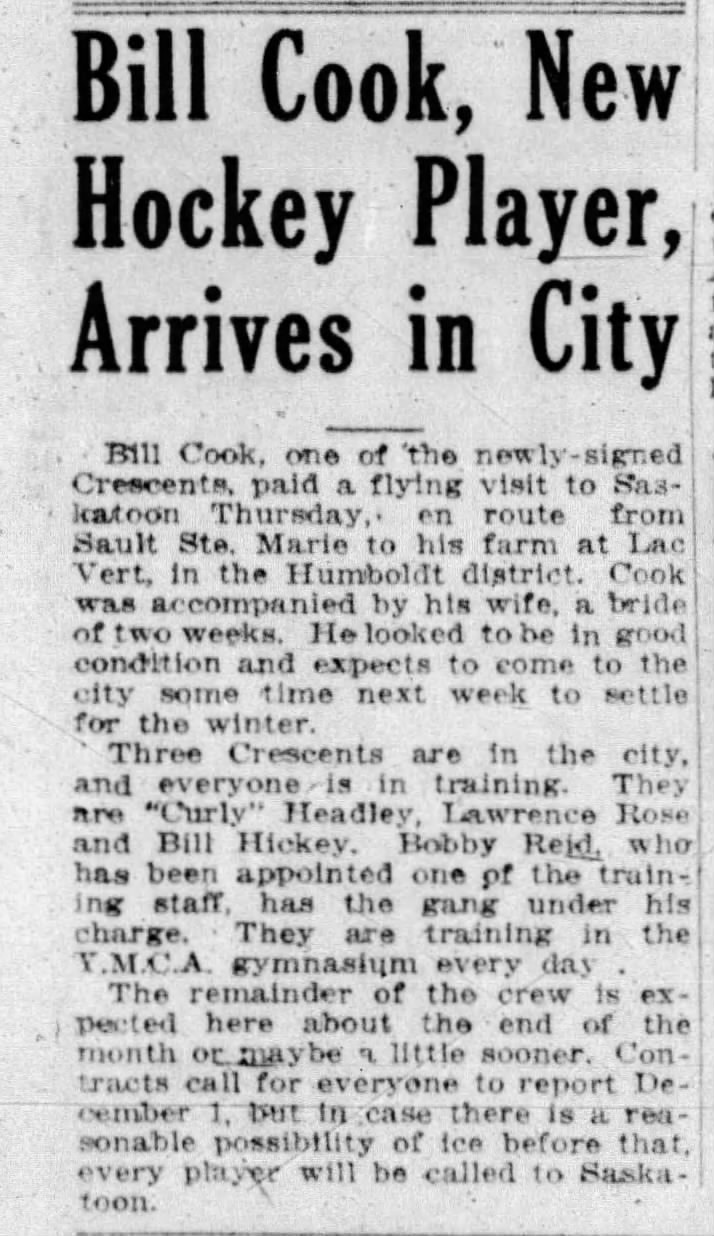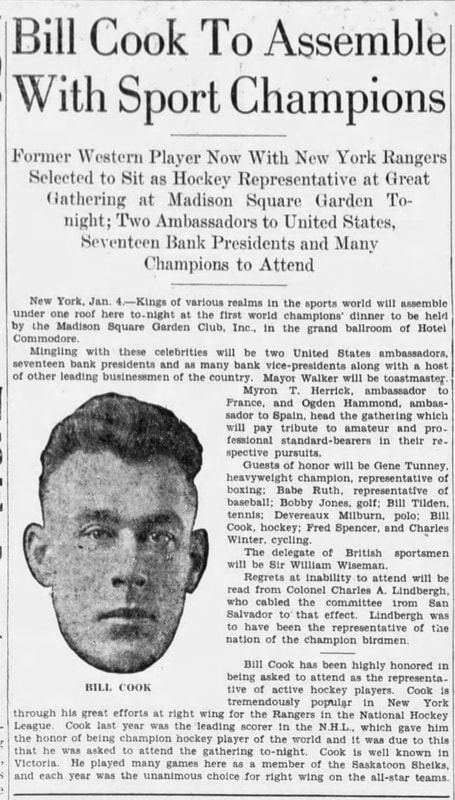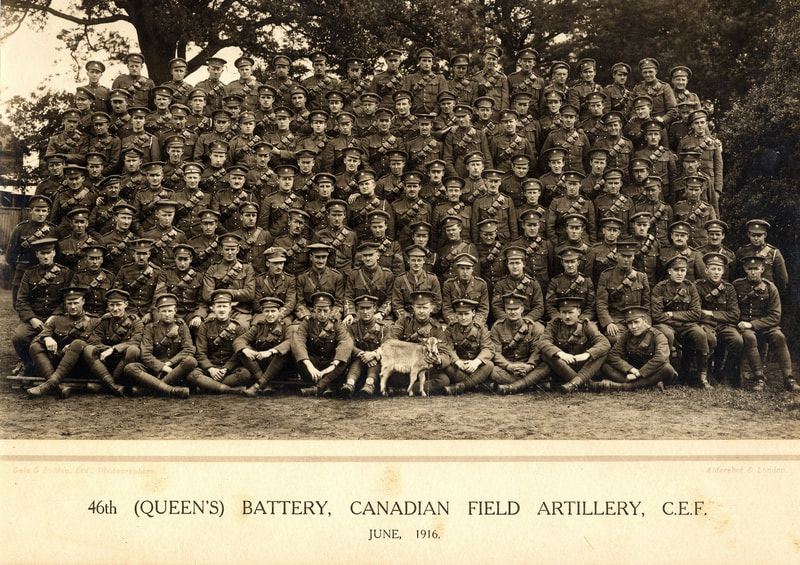Bombardier William Osser Xavier Cook MM

Bombardier William Osser Xavier Cook was born in Brantford, Ontario on the 8th of October 1895. His parents moved to Kingston and by 1913, William was playing hockey for the Kingston Frontenancs while attending school.
In 1915, he enlisted with the 46th (Queen's) Battery, Canadian Field Artillery and was assigned regimental #304579. The 46th Battery was comprised almost totally of Queen’s men, and trained in Kingston from November 1915 until February 1916. They formed 9th Brigade along with the 31st, 33rd and 45th Batteries. An account of their departure from Kingson by Gunner Robert Gordon Brown states, "On Thurs. forenoon there was quite a time in Kingston. It was bitterly cold but a very large crowd was out to see the four batteries of the 9th Brigade entrain for overseas. At a quarter to 10, the Queen’s Battery was out beside the barracks loaded down with kit bags, bandoleers, mess cans, water bottles & haversacks – just about all they could carry. A large crowd of people lined the sidewalks, nearly all the students were there – walking up & down the ranks bidding their friends good bye. They marched down to the Tete du Pont barracks. The other batteries of the 9th Brigade also marched there and after quite a wait, the whole brigade marched over to the train and boarded it. Our Queen’s Battery was in the 1st, 2nd & 3rd cars. There was fourteen cars altogether I think. People crowded alongside all the cars bidding friends good bye and giving them things to take with them. I heard someone say that one or two of our fellows were in tears – parting from relatives. I didn’t wait to see the train pull out. I think it went about noon. It was rather sad to see the fellows going – I know so many of them real well."
In 1915, he enlisted with the 46th (Queen's) Battery, Canadian Field Artillery and was assigned regimental #304579. The 46th Battery was comprised almost totally of Queen’s men, and trained in Kingston from November 1915 until February 1916. They formed 9th Brigade along with the 31st, 33rd and 45th Batteries. An account of their departure from Kingson by Gunner Robert Gordon Brown states, "On Thurs. forenoon there was quite a time in Kingston. It was bitterly cold but a very large crowd was out to see the four batteries of the 9th Brigade entrain for overseas. At a quarter to 10, the Queen’s Battery was out beside the barracks loaded down with kit bags, bandoleers, mess cans, water bottles & haversacks – just about all they could carry. A large crowd of people lined the sidewalks, nearly all the students were there – walking up & down the ranks bidding their friends good bye. They marched down to the Tete du Pont barracks. The other batteries of the 9th Brigade also marched there and after quite a wait, the whole brigade marched over to the train and boarded it. Our Queen’s Battery was in the 1st, 2nd & 3rd cars. There was fourteen cars altogether I think. People crowded alongside all the cars bidding friends good bye and giving them things to take with them. I heard someone say that one or two of our fellows were in tears – parting from relatives. I didn’t wait to see the train pull out. I think it went about noon. It was rather sad to see the fellows going – I know so many of them real well."

On 4 February, 1916 they embarked from Halifax and disembarked at Plymouth, England on Valentines' Day 14 February, 1916. The Battery was moved to the 11th Brigade, 3rd Canadian Division and landed in France on 15 July 1916. William was appointed Acting Bombardier on 19 July 1916 but reverted to Gunner at his own request on 11 October 1916. Bombardier Brown described his promotion as, "that confounded stripe” (meaning the single stripe that Bombardiers received), because it took him away from his friends and gave him responsibilities he felt he wasn’t suited for. William was admitted to hospital on 27 January 1917 due to PUO - Pyrexia of unknown origin - fever of an undetermined cause. He rejoined the unit on 2 March 1917 and was transferred to 9th Brigade, Canadian Field Artillery on reorganization 25 March 1917. He was granted 14 days leave to the United Kingdom on 21 November 1917 but was agian admitted to hospital due to PUO while on leave. As this happened while he was in England, he was transferred to Canadian Artillery Reinforcement Depot and was attached to the Canadian School of Gunnery after his hospital stay. He was appointed Acting Bombardier during this time and then reverted to Driver on being taken on strength with the Composite Brigade, Canadian Reserve Artillery. On the 28th of AUgust he was taken on strength with the 68th Battery, 16th Brigade, Canadian Field Artillery and, once again, appointed Acting Bombardier. On 20 September, 1918, the Battery proceeded overseas to Northern Russia, arriving in Archangel, Russia on 1 October 1918. While serving as a Driver, he was awarded the Military Medal in recognition of gallant conduct in field on 8 April 1919. On 3 June, 1918, his promotion to Bombardier was confirmed and the unit embarked for the United Kingdom on 11 June 1919. He embarked for Canada on 5 July 1919 and was discharged on 15 July 1919.
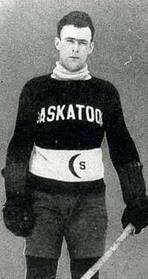
William returned to Kingston and by 1920, he had joined the Sault Ste. Marie Greyhounds of the Ontario Hockey Association's Senior circuit. During his two seasons with The Soo, Cook helped take the Greyhounds to the Allan Cup final. He then moved west to take up farming on land granted to him by the Soldier Settlement Act. Of course he didn't leave hockey behind and played with the Saskatoon Crescents and the Saskatoon Sheiks of the Western Canadian Hockey League for 4 seasons. In 1923/24 and 1925/26 he led the league in both goals and points and was appointed to the league's All-Star Team.
The Western Hockey League was folding at the same time as the New York Rangers debuted in the National Hockey League in the 1926/27 season. Their manager, another Gunner, Conn Smythe, enlisted William and one of his brothers for the starting line. William made history by scoring the first goal by the New York Rangers on their NHL debut on November 16, 1926, at home in Madison Square Garden. It was the only goal of the game.
Bill Cook was a prolific scorer throughout his hockey career. He led the Western Canadian Hockey League in goals twice and the National Hockey League three times. He was named an all-star seven times between the two leagues. Known as "The Original Ranger", Cook was the first captain of the New York Rangers, scored the first goal in franchise history and led the team to two Stanley Cup championships, scoring the winning goal in one.
After his playing career, Bill turned to coaching. He led the Cleveland Barons to two Calder Cup championships and the Minneapolis Millers to a United States Hockey League championship. He coached the New York Rangers during the 1951–52 NHL season until his retirement in 1953.
He was inducted into the Hockey Hall of Fame in 1952 and Canada's Sports Hall of Fame in 1975.
The Western Hockey League was folding at the same time as the New York Rangers debuted in the National Hockey League in the 1926/27 season. Their manager, another Gunner, Conn Smythe, enlisted William and one of his brothers for the starting line. William made history by scoring the first goal by the New York Rangers on their NHL debut on November 16, 1926, at home in Madison Square Garden. It was the only goal of the game.
Bill Cook was a prolific scorer throughout his hockey career. He led the Western Canadian Hockey League in goals twice and the National Hockey League three times. He was named an all-star seven times between the two leagues. Known as "The Original Ranger", Cook was the first captain of the New York Rangers, scored the first goal in franchise history and led the team to two Stanley Cup championships, scoring the winning goal in one.
After his playing career, Bill turned to coaching. He led the Cleveland Barons to two Calder Cup championships and the Minneapolis Millers to a United States Hockey League championship. He coached the New York Rangers during the 1951–52 NHL season until his retirement in 1953.
He was inducted into the Hockey Hall of Fame in 1952 and Canada's Sports Hall of Fame in 1975.
Bombardier William Osser Xavier Cook MM passed away on 5 May 1986 and is interred at Saint Mary's Roman Catholic Cemetery in Kingston, Ontario.
Additional information can be found on the Hockey Hall of Fame website.
Additional information can be found on the Hockey Hall of Fame website.
Lists
The following pages contain additional information relating to the 15th Field Artillery Regiment, RCA
Honours and Awards
Trophies
Commanding Officers and Regimental Sergeants Major
Honoraries
Battery Commanders and Battery Sergeants Major
Band Appointments
Nominal Roll
Guns of the Regiment
Memorial Page
The following pages contain additional information relating to the 15th Field Artillery Regiment, RCA
Honours and Awards
Trophies
Commanding Officers and Regimental Sergeants Major
Honoraries
Battery Commanders and Battery Sergeants Major
Band Appointments
Nominal Roll
Guns of the Regiment
Memorial Page
Have I inadvertently placed personal information of yours on line that you don't approve of?
Please accept my apologies and contact me at [email protected] and I’ll have it removed.
Please accept my apologies and contact me at [email protected] and I’ll have it removed.
